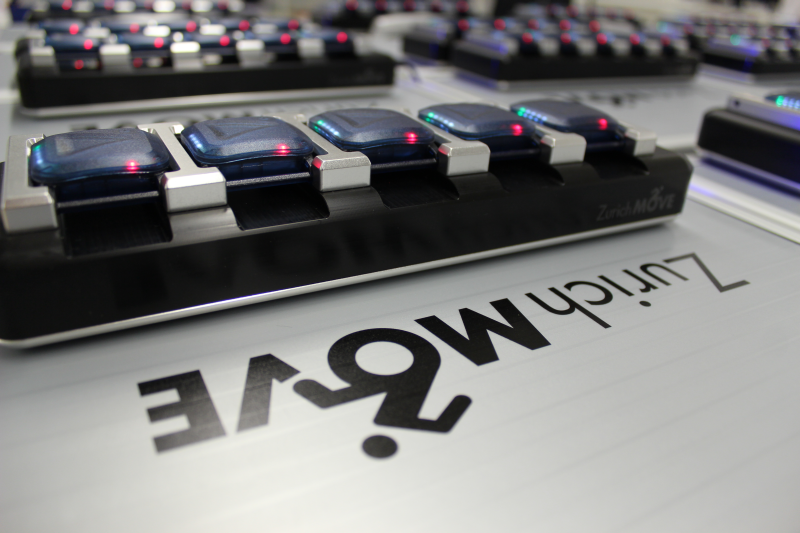Project leader: Dr. László Demkó
Background
Functional recovery following SCI in adults is limited. Improvements in the quality of life of affected persons are associated with the recovery of functions that allow independent living, for example use of the arms and hands. Rehabilitative training has been shown to aid upper limb recovery however, there are likely vast differences in the amount of time individuals spend actively training (during rehab sessions in the clinic) and what they do in their non-training time (during daily life). The activity, or lack of, during the non-training period could interfere (positively or negatively), with the specific training in the rehab session. However, there is little information available about this.
Inertial measurement units which combine accelerometers, gyroscopes and magnetometers are increasingly being used in human movement and rehabilitation research. The use of such technology is a promising approach to rapidly and discreetly collect objective movement information. We plan to introduce a novel, long-term, activity sensor, developed in a collaboration with ETH Zurich, into clinical SCI rehabilitation. We use this sensor to precisely measure movement of the upper limb over extended periods of time. The sensor includes three accelerometers and gyroscope which measure the x, y and z axes. It also contains a precise barometric pressure sensor, which detects changes in elevation. Upper limb activity recordings from these sensors allow us to detail the amount, duration and type of activity during specific periods of upper limb rehabilitation and recovery.
Aims
Our aim is to use measurements of upper limb activity recorded by the sensor to increase motivation for rehabilitation. We aim to track changes in the activity of the upper limb during recovery and rehabilitation in patients with cervical SCI. The recordings from this device will provide a more detailed understanding of how everyday upper limb activity contributes to functional recovery. We aim to use these recordings to enhance motivation for training. We aim to assess a spectrum of different patients in order to validate the device for its sensitivity to specifically monitor activity during rehabilitation in the domains of intensity, specificity, duration and timing.
Methods
Tetraplegic and paraplegic, as well as healthy subjects wear the activity monitors several times throughout either their recovery time (in-patients), during several months after their recovery (out-patients) or during everyday life (healthy subjects). For in-patients recordings will be made throughout the rehabilitation/recovery period to investigate how differences in the amount and type of upper limb movements effects recovery and also to gain an impression of how the amount of overall activity changes throughout the recovery period. For out-patients and healthy subjects recordings will be made throughout everyday life to get an impression of the amount and type of movements that are made.
For further information please contact: Dr. László Demkó
Selected Publications
- Dobkin BH, Dorsch A (2011) The promise of mHealth: daily activity monitoring and outcome assessments by wearable sensors. Neurorehabilitation and neural repair 25:788-798.
- Leuenberger K, Gassert R (2011) Low-Power Sensor Module for Long-Term Activity Monitoring. (IProc. IEEE EMBC, ed), pp 2237-2241.
- Bussmann JB, Kikkert MA, Sluis TA, Bergen MP, Stam HJ, van den Berg-Emons HJ (2010) Effect of wearing an activity monitor on the amount of daily manual wheelchair propulsion in persons with spinal cord injury. Spinal cord 48:128-133.
- Anderson KD (2004) Targeting recovery: priorities of the spinal cord-injured population. Journal of neurotrauma 21:1371-1383.
